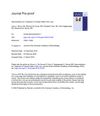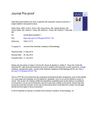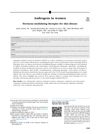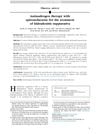Spironolactone in Dermatology: Uses in Acne and Beyond
August 2020
in “
Clinical and Experimental Dermatology
”
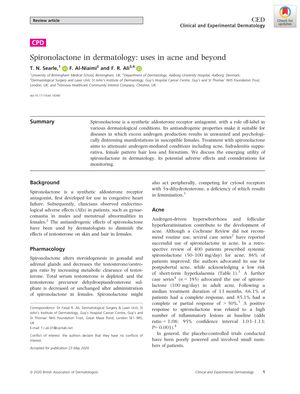
TLDR Spironolactone is a low-cost, effective, and generally safe treatment for various skin conditions related to hormones.
The document from August 26, 2020, reviews the off-label use of spironolactone in dermatology for conditions such as acne, female pattern hair loss (FPHL), hidradenitis suppurativa, and hirsutism, highlighting its effectiveness based on various studies. For acne, a retrospective review of 400 patients showed an 86% improvement, and another with 395 patients reported a 66.1% complete response rate. In FPHL, 70 women treated with spironolactone showed improved or sustained Sinclair scores. A study with 40 patients indicated a significant increase in hair diameter after 6 months of treatment with spironolactone, comparable to flutamide and finasteride. For hirsutism, spironolactone at 100 mg per day reduced hair growth by 38%, and a combination with finasteride was more effective than spironolactone alone. At 200 mg/day, it reduced hair shaft diameter by 40.6% in PCOS patients. Adverse effects of spironolactone are generally mild, including hypotension and menstrual irregularities, and it is contraindicated in pregnant or lactating women. Monitoring of electrolytes and blood pressure is recommended. The document concludes that spironolactone is a low-cost, effective treatment with a low adverse effect profile for androgen-driven dermatological conditions, but acknowledges the need for more large-scale RCTs to support these findings.
